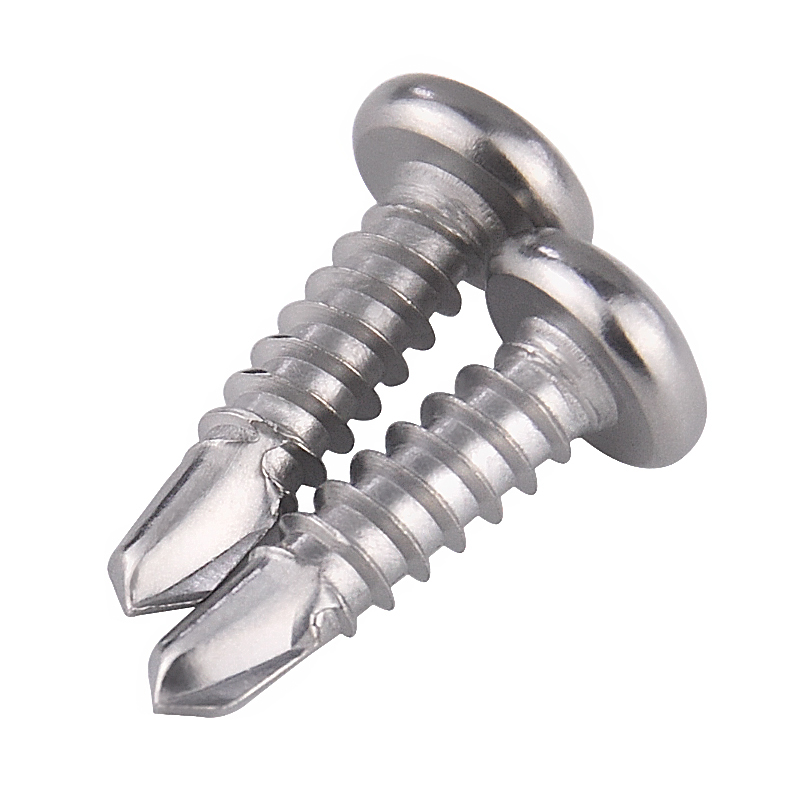- Time:2023/08/23 Posted:Dongguan prospect hardware accessories co.,ltd
Screws are essential components in various industrial and domestic applications, serving the purpose of joining or fixing objects together securely. Among the diverse types of screws available, two common and widely used options are pan head screws and flat head screws. This article aims to scrutinize the fundamental distinctions between these two screw types, shedding light on their structural variances, applications, advantages, and drawbacks.

1. Structural Differences
Pan head screws, as the name suggests, possess a rounded or domed head with a flat bearing surface. The head of the screw is wider than the body, providing a large contact area, which enhances stability and prevents the screw from sinking into the material. On the other hand, flat head screws have a countersunk head, which means the head is cone-shaped and flush with the material's surface. The flat shape allows the screw to sit entirely flush, enabling it to be easily concealed or covered.
2. Applications
Pan headed screws are commonly used in applications that require a more secure fastening, particularly where resistance to loosening is crucial. The large bearing surface of the pan head provides better load distribution, making them suitable for applications involving significant weight or pressure. Furthermore, their rounded shape offers a visually pleasing appearance, suitable for furniture assembly, cabinetry, and other visible applications.
Flat head screws, with their flush and concealed appearance, are often preferred when aesthetics are a concern. Additionally, they are commonly used when the fastened material needs to sit flush against another surface or if the protrusion of a screw head would cause interference or damage. Flat head screws find extensive applications in woodworking, flooring, decking, installation of hardware, and other situations where flush surfaces are essential.
3. Advantages and Limitations
Pan head screws offer several advantages due to their design. The large head surface area provides increased resistance to pull-out, making them suitable for applications prone to high stress. The rounded shape also allows for easy cleaning, preventing dust or debris accumulation, making them ideal for environments that require frequent maintenance. However, the main limitation lies in their visibility, as the pronounced head may not be desirable in certain applications or exposed surfaces where a sleek appearance is preferred.
Flat head screws, on the other hand, excel in offering a sleek and concealed finish without sacrificing functionality. Their flush design adds an aesthetic appeal while also reducing the risk of catching or snagging on surfaces. However, the countersunk shape may diminish their load-bearing capacity compared to pan head screws, limiting their use in applications requiring heavy-duty fastening.
4. Choosing the Right Screw
When selecting the suitable screw type, it is crucial to consider the specific requirements of the application. Factors such as load-bearing capacity, material compatibility, appearance, and the need for flush surfaces all play a vital role in making an informed decision. It is advisable to consult industry experts, review technical specifications, and conduct tests to ensure the most appropriate screw type is chosen.
5. Conclusion
In conclusion, the choice between pan head self tapping screws and flat head screws ultimately depends on the application's requirements and desired outcomes. While pan head screws offer enhanced load-bearing capacity and visual prominence, flat head screws excel in providing a concealed, flush finish. It is important to carefully evaluate the structural aspects, applications, advantages, and limitations of each screw type before making a decision. By understanding these distinctions, individuals and industries can select the most suitable screw type to fulfill their unique needs.
